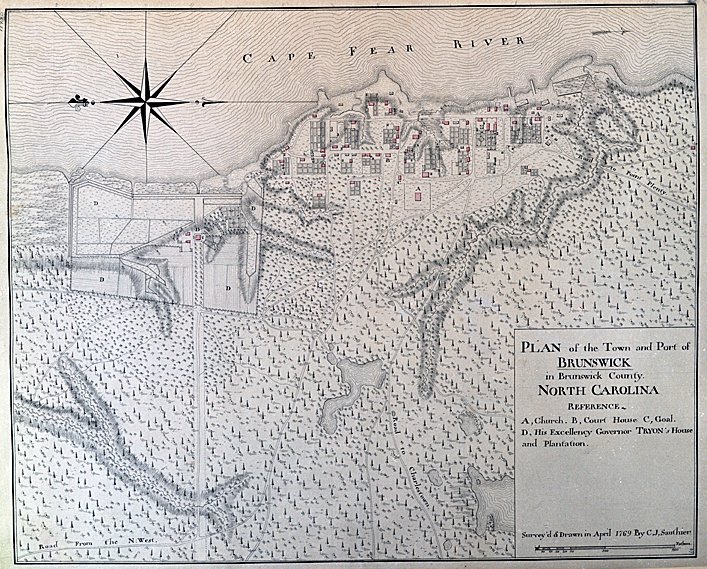NC African American Heritage Commission

North Carolina African American Heritage Commission, in Raleigh, NC, received an Inclusive Public Art Initiative grant from ZSR.
The North Carolina African American Heritage Commission (NCAAHC, a division of the North Carolina Department of Natural and Cultural Resources) preserves, protects and promotes North Carolina’s African American history, arts and culture for all people. In 2018, the NCAAHC accepted a charge from the Smithsonian National Museum of African American History and Culture to identify, acknowledge and physically memorialize sites where enslaved persons disembarked from the African Continent.
The “Africa to Carolina” initiative was born out of this charge and has been executed in a series of thoughtful, collaborative phases since then. Working in partnership with a broad coalition of community stakeholders, including the North Carolina Museum of Art and North Carolina State Historic Sites, the NCAAHC will facilitate a community-engaged process that centers knowledge, emergence and co-creation to shape a public art installation to make known one of North Carolina’s most obscured histories.
In the sixteenth century, people of African descent stepped foot on land that would later be known as the colony of North Carolina. North Carolina’s coast featured a complex network of ports, whereby planters, merchants, companies and corporations corroborated legally and extralegally to import enslaved persons. A dozen of these voyages transported people from the African continent directly to North Carolina. Over 2,000 survivors disembarked between 1759-1787.
A number of these survivors disembarked in the Cape Fear region, home to North Carolina’s most active port of entry: Port Brunswick. Port Brunswick served as a port of entry for enslaved people from Africa, the Caribbean and the West Indies. Formed in 1727, the town of Brunswick was named the official point of entry for Port Brunswick in 1731. From 1771 to 1775, over 300 enslaved people disembarked in the town, including individuals who disembarked directly from Africa.
Port Brunswick’s role in the maritime industry and involvement in the global slave trade was lucrative for the Lower Cape Fear region. Enslaved people who labored there cultivated entire industries that drove North Carolina’s economy, such as the production of turpentine, tar, pitch and rosin for ships. Rice produced in the region shaped the economic maturity of North Carolina.
Remarkably, some elements of the physical historical landscape that gave way to these industries still exist today. The site that preserves the remnants of the port town of Brunswick, Brunswick Town/Fort Anderson State Historic Site, neighbors what was one of the largest rice plantations in North Carolina. While exploring the site’s grounds, one can look upon the remnants of multiple wharfs where ships docked and enslaved people disembarked onto bridges. Here, dozens of survivors disembarked from Africa to an unknown place and into an unknown future.
Working with artists David Wilson and Stephen Hayes, the “Africa to Carolina” initiative and its partners will place a sculpture to preserve survivors’ memory here: at the point of origin for the global slave trade in the Lower Cape Fear region of North Carolina.